Tags

In October 2020 Allen Park was opened as a new public city park in Salt Lake City. Previously it was a private residential area with an interesting history, often called “Hobbitville.” I stopped by to document as much as I could without getting inside when there was talk of demolishing it all – you can see that on this page.
Related:
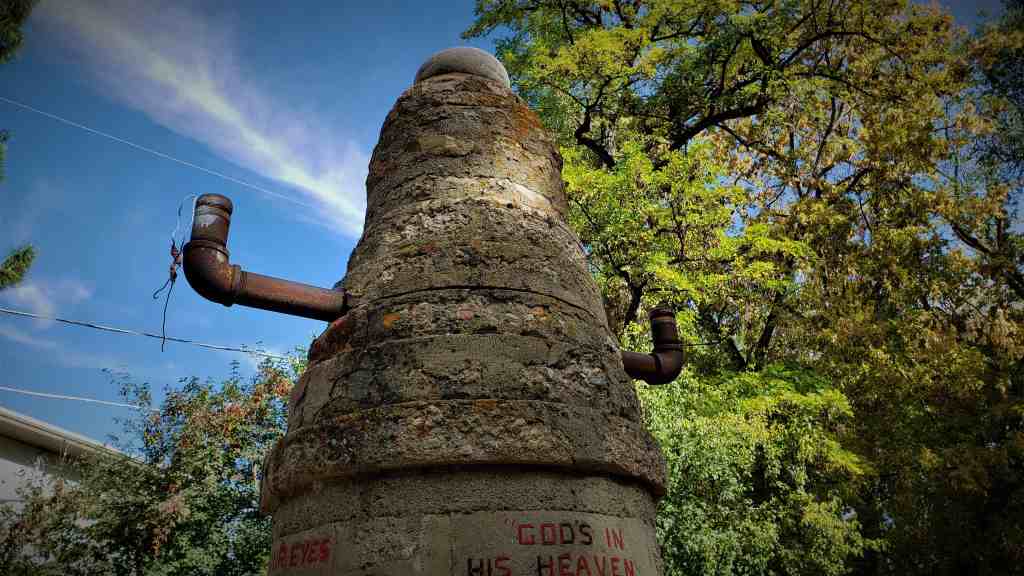

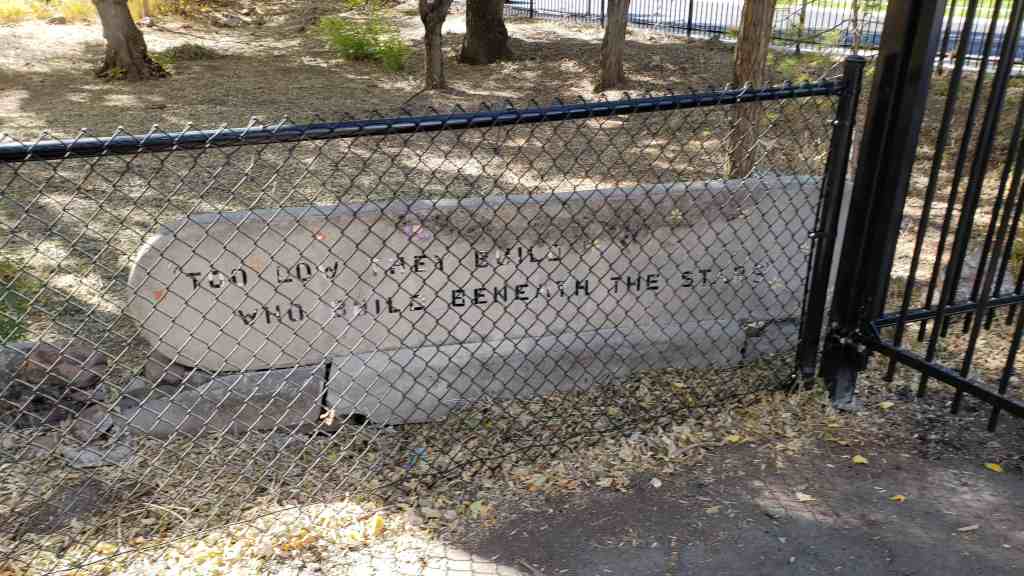


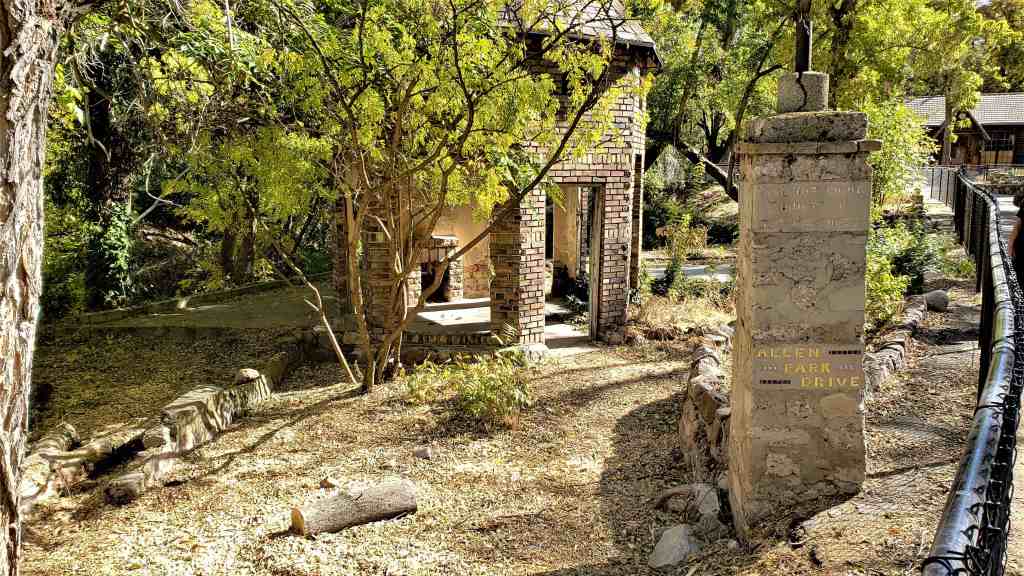
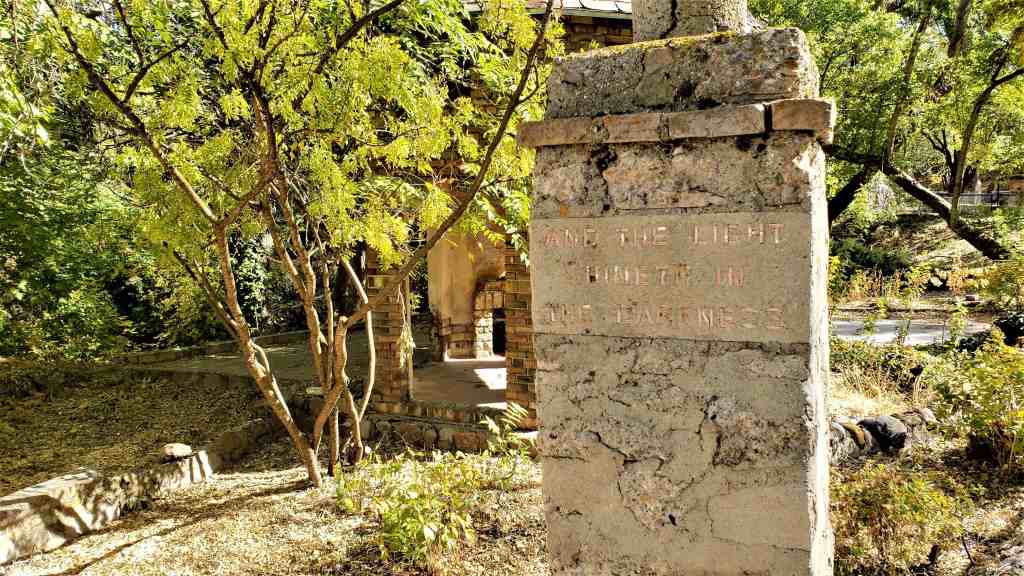

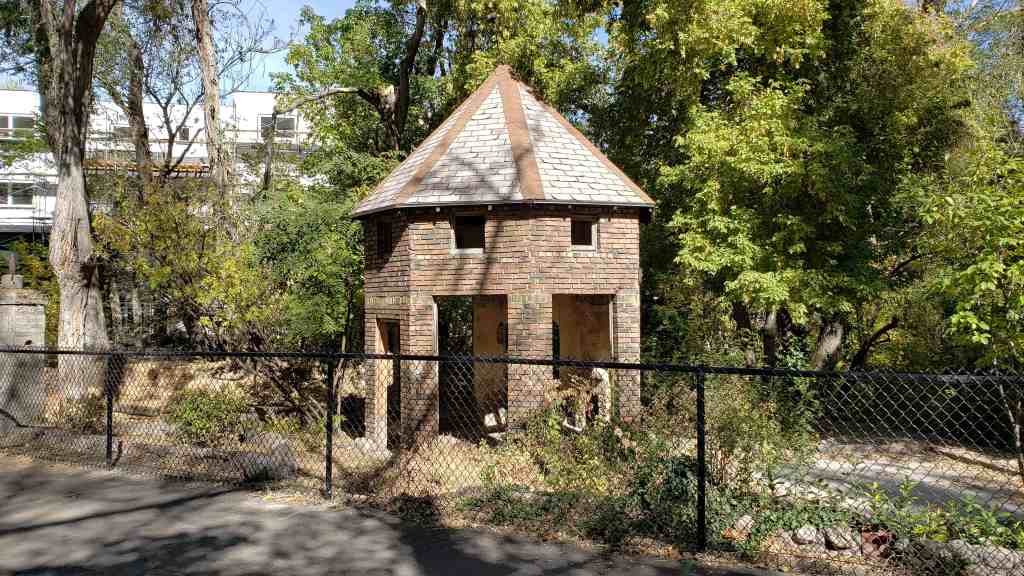
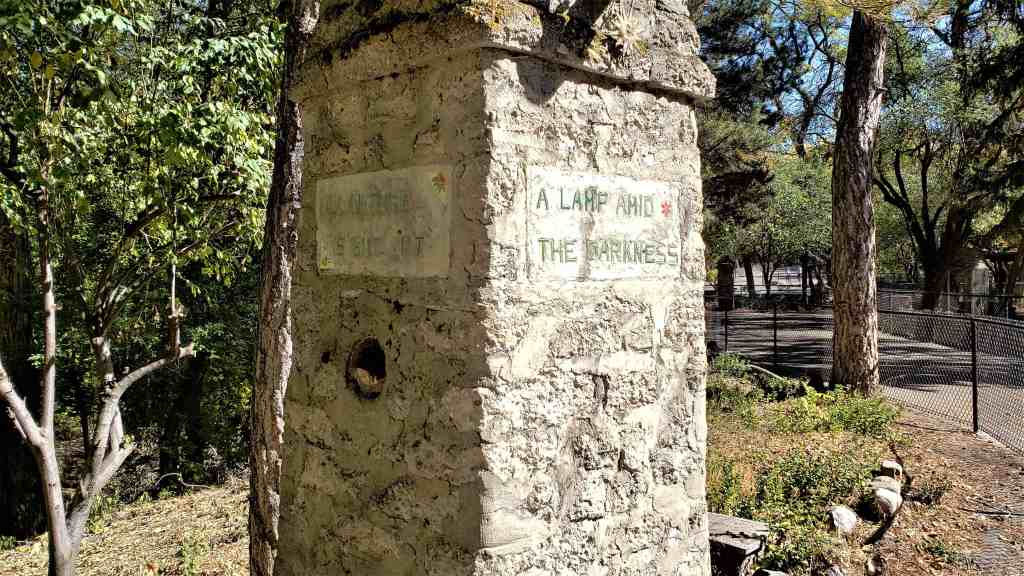

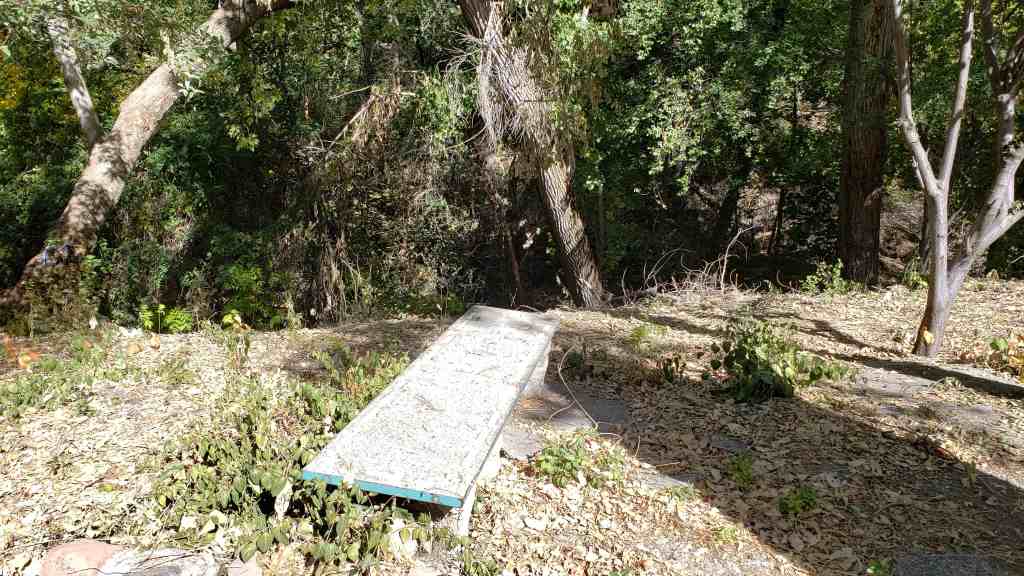



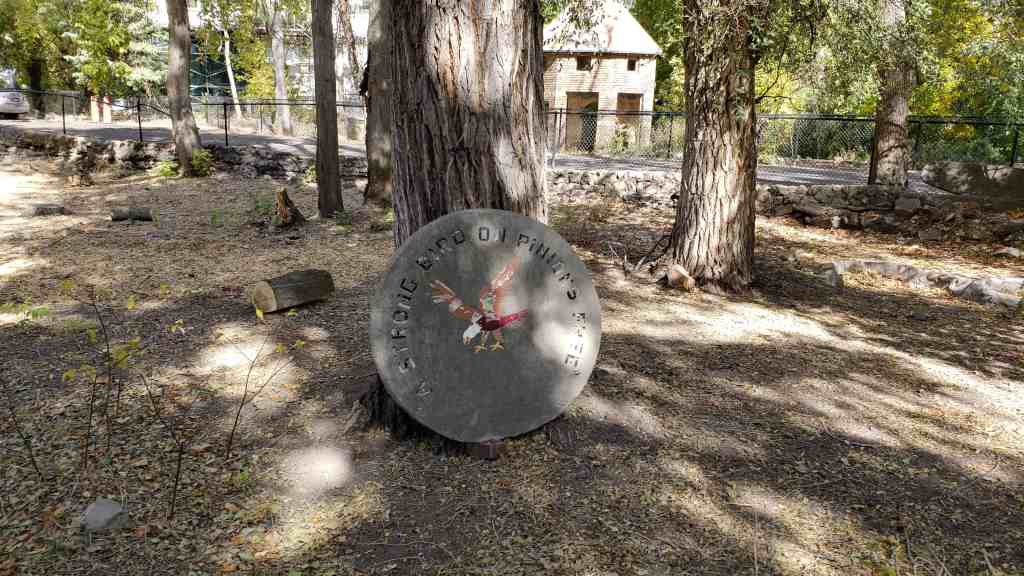






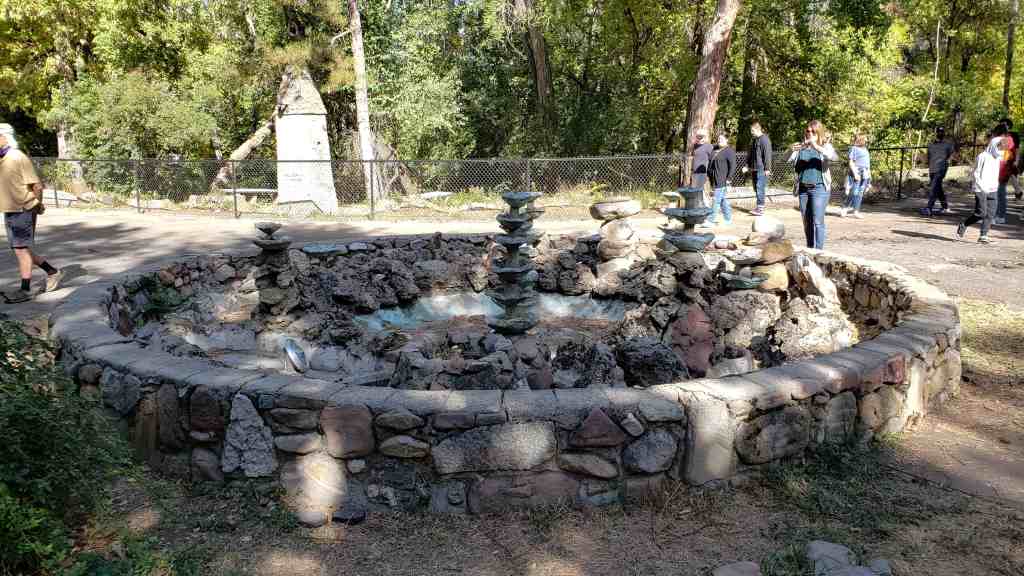

Accomplishments of Dr. George Allen
Dr. George Allen was born on June 7, 1894 in Penetanguishene, Ontario, Canada. He spent his childhood in Clintonia Township, Illinois, where he graduated from high school. Shortly after, he left for college at the university of Illinois Medical School in Chicago, IL.
Upon graduation in 1920, Dr. Allen and his sweetheart, Ruth Larson, migrated to Utah, where they got married on May 3rd.
During their first year in Utah, Dr. Allen worked as a surgeon for the Standardville Coal Mines. A year later, they moved to Salt Lake City, where Dr. Allen became a surgeon for several major businesses – including the Sugarhouse Penitentiary.
During the next decade, The Allens grew thier family from two to six; Mary Rose, Amy, George Al Jr., and Sally Ann. In 1931, the Allens purchased the 8-acre piece of land that Allen Park sits on. Originally farmland, the Allens worked to transform their home into an urban oasis.
Dr. Allen’s servitude in Salt Lake City was remarkably influential.
- Helped establish the Tracy Aviary, Hogle Zoo, and the Salt Lake Zoological Society.
- Served as president for the Sugarhouse Chamber of Commerce and the Salt Lake City Zoological Society.
- Was a member of the Salt Lake Library Board, The Masons, Odd Fellows, American Pheasant Society, Chamber of Commerce, and GOP.
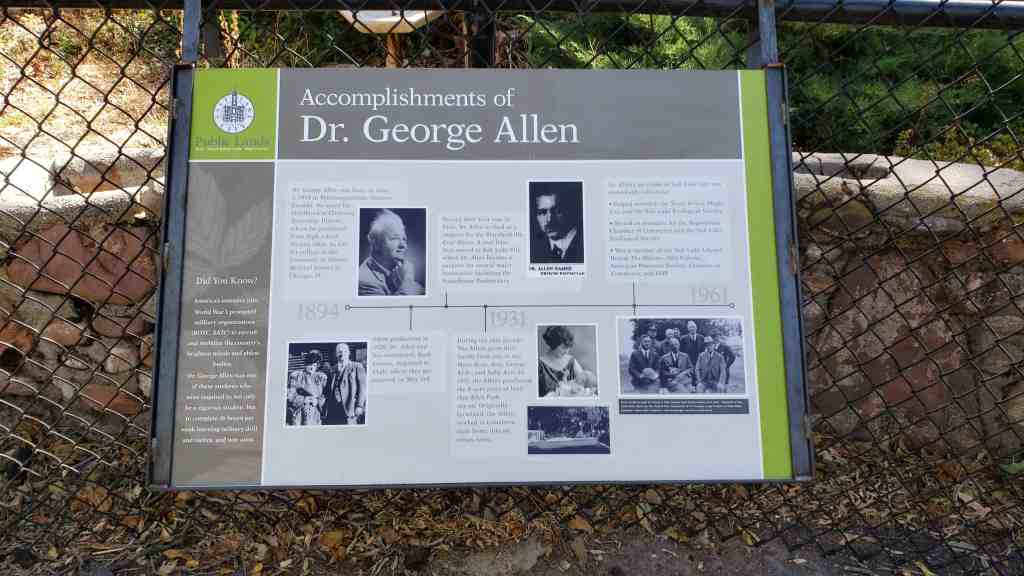


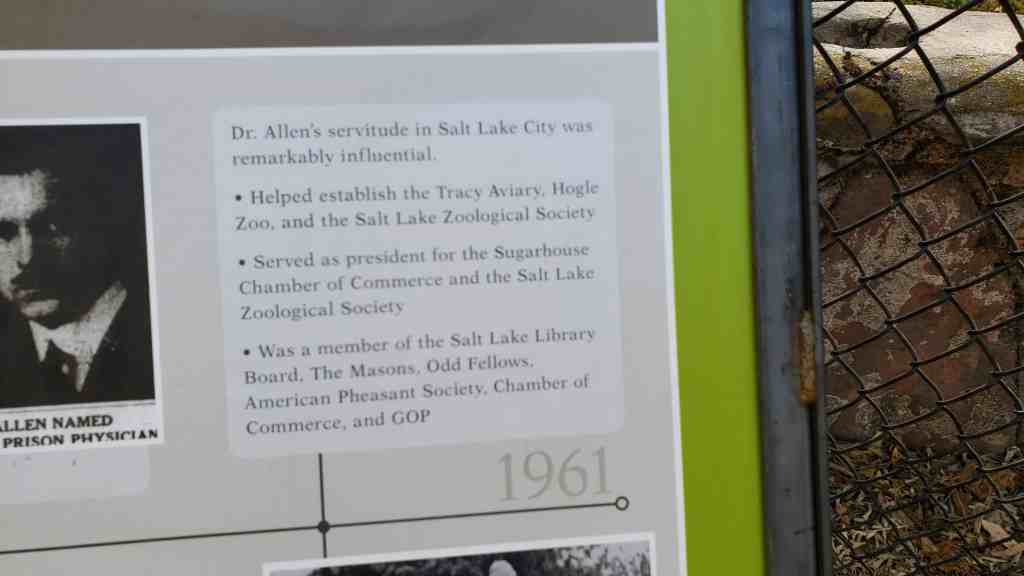

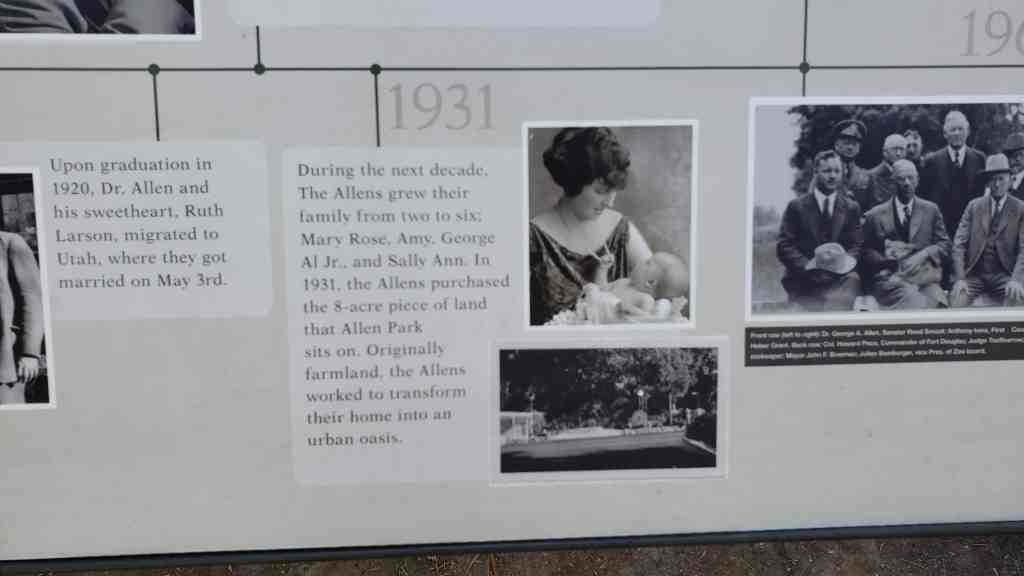
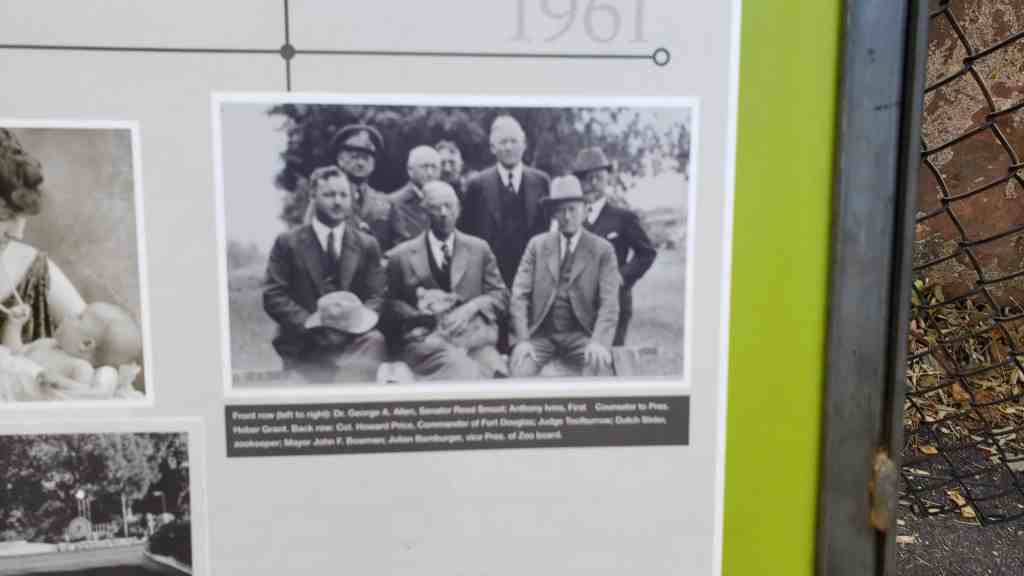

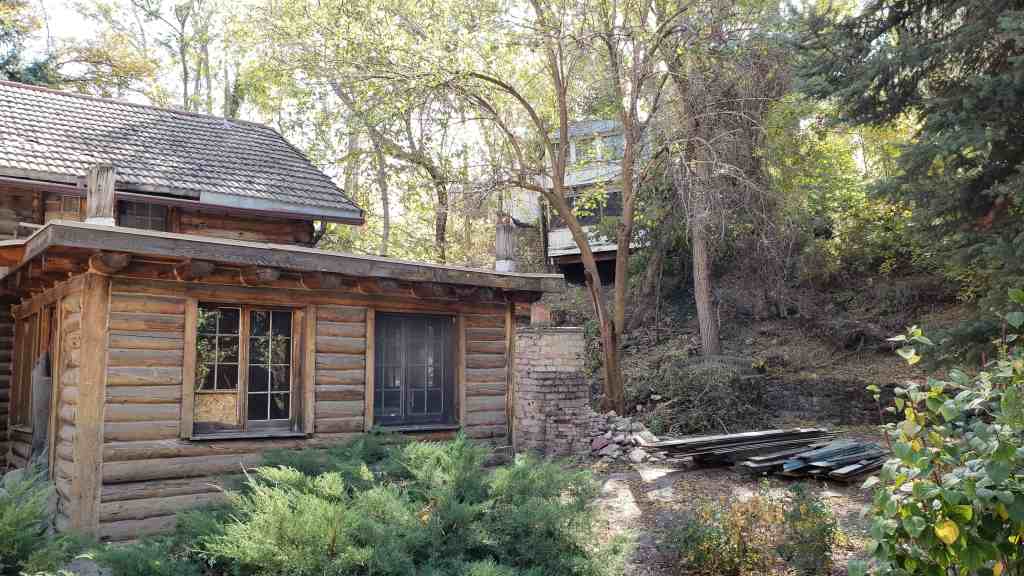











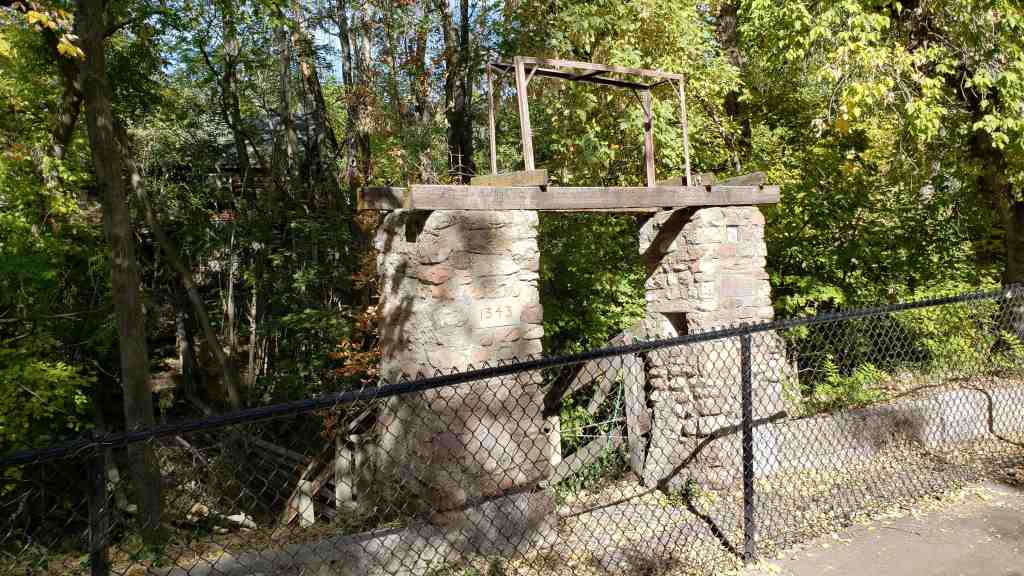




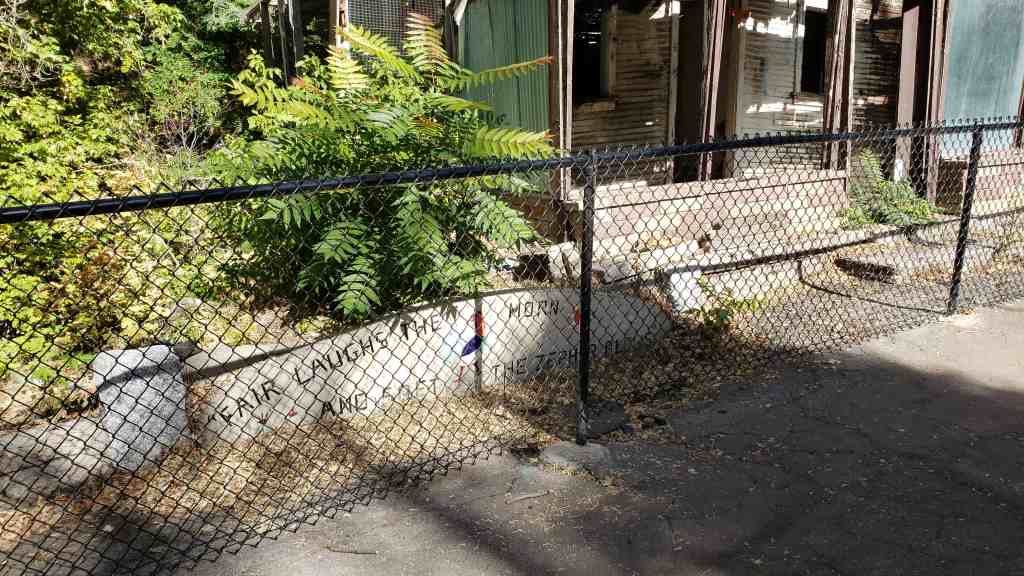
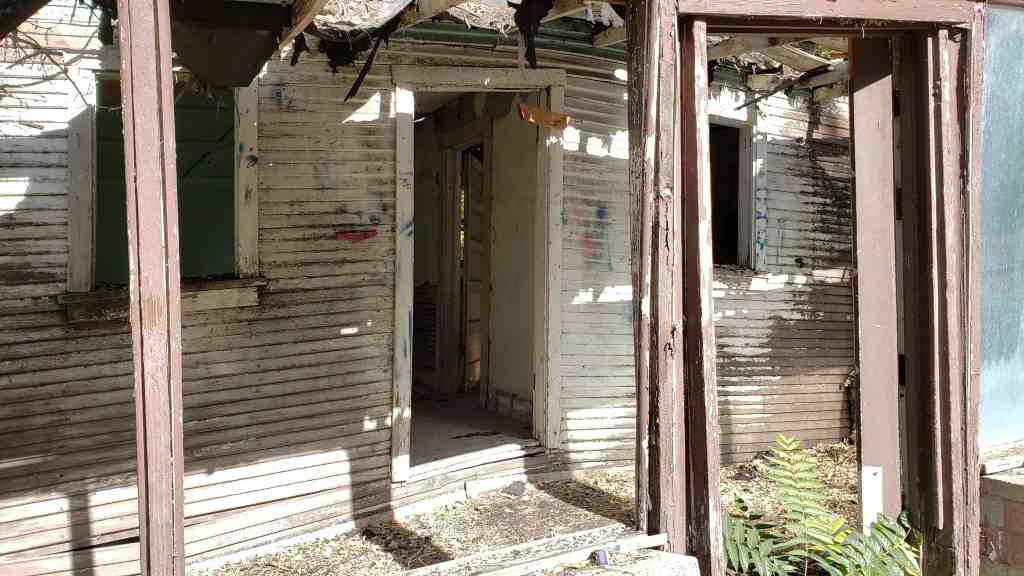





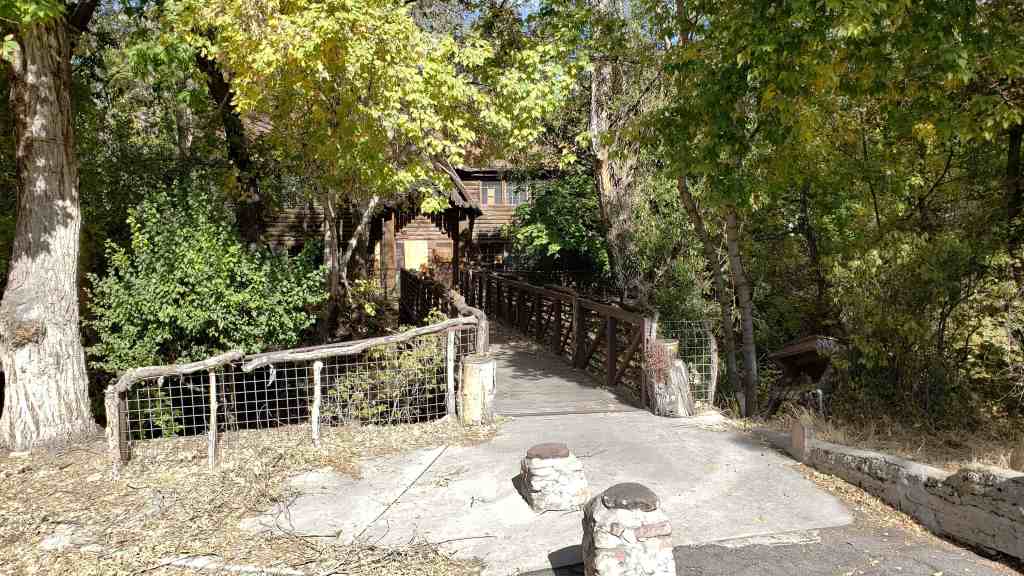




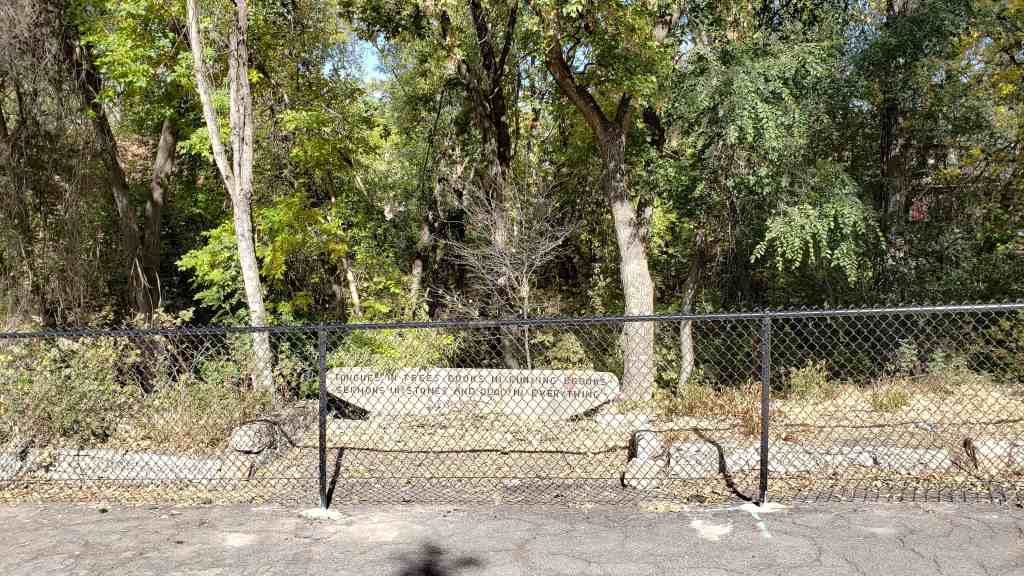


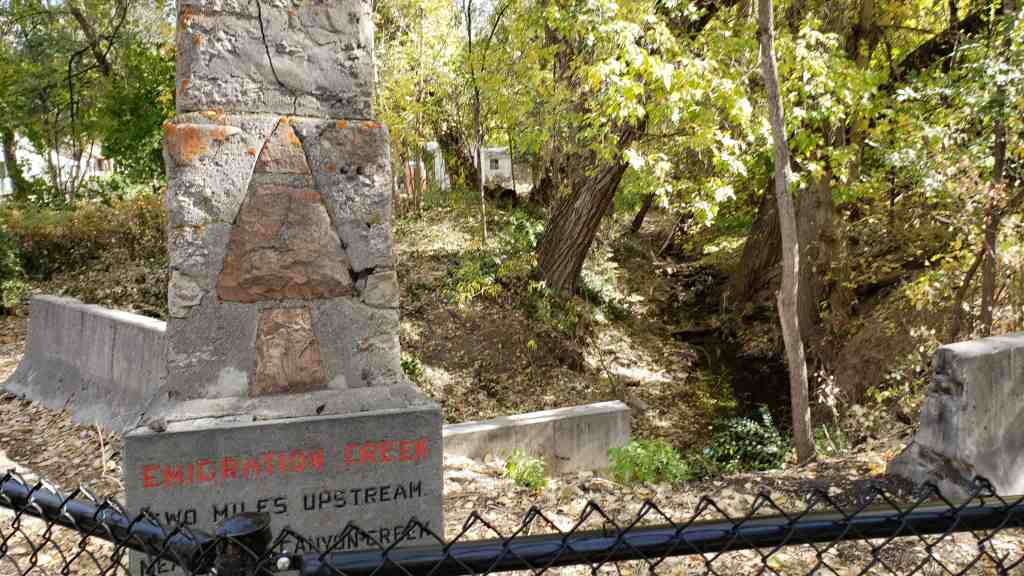


Emigration Creek History
In 1847, the first party of Mormon Pioneers entered the Salt Lake Valley through what we now know as Emigration Canyon. Tradition holds that this is where Brigham Young first views the valley unobstructed and said “This is the right place, drive on.”
Within days of settling in the Salt Lake Valley, the water of Emigration Creek was diverted for irrigation. The diversion established the first water right in the valley.
The hydrology of Emigration Canyon attracted pioneers to take up residence along the creek, clearing dense vegetation in favor of fields and pastures. Pollution from livestock deterred the City from protecting Emigration Canyon as a watershed, opening the area to development.
An early 1800s building boom prompted the extraction of red and white sandstone in Emigration Canyon. An electric railway system was installed in 1907 to meet the high demand but was dismantled a decade later as concrete became the preferred foundation material.
In 1931, Mr. & Mrs. Hogle donated land near the mouth of Emigration Canyon to became the new site for Salt Lake City zoo, now known as Hogle Zoo.
Record snowpacks in 1952 and 1983 caused hundreds of Salt Lake City blocks to be flooded. Excessive spring runoff in 1983 cased 10 million dollars of damage in Parleys, Emigration, and Red Butte Creeks.
In 2014, the non-profit organization Seven Canyons Trust formed a 100-year vision to uncover and restore the Salt Lake Valley’s buried and impaired creeks. Six years later, in 2020, Seven Canyons Trust partnered with Salt Lake City Public Lands to begin restorative work on the Three Creeks Confluence, where Emigration Creek, Red Butte Creek, and Parleys Creek join the Jordan River.
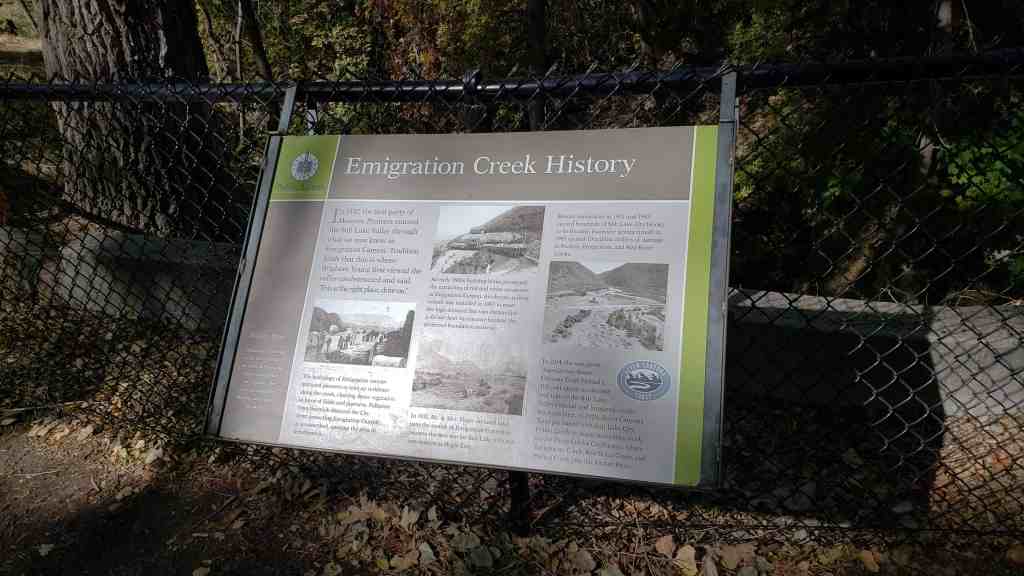

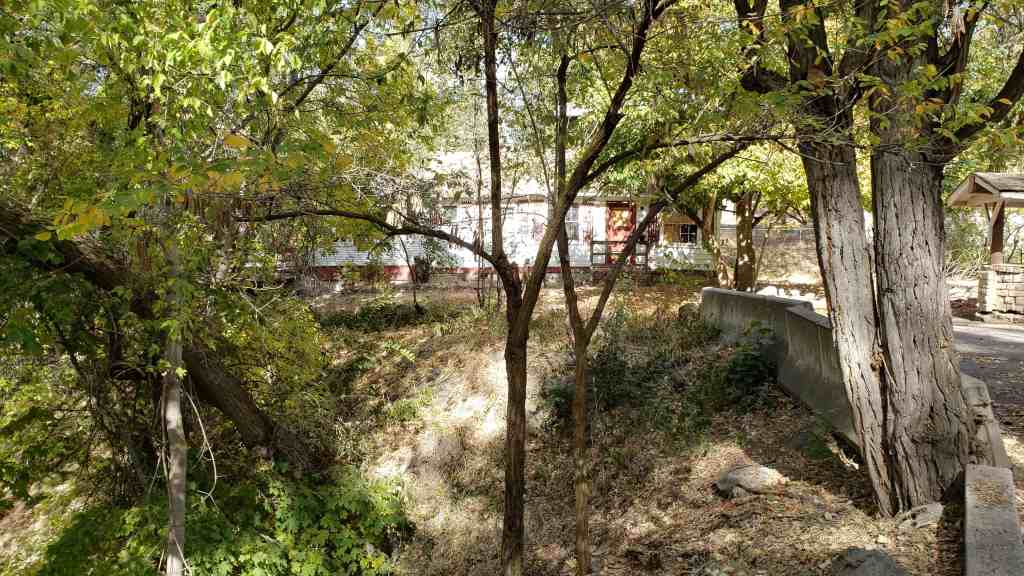


Allen Park: Bird Sanctuary in the City
Riparian areas of Utah, such as Emigration Creek, are key to the conservation of birds. Its importance is amplified as these streams are connected to the Great Salt Lake, an ecosystem that attracts millions of migratory birds each year.
82% of all bird species in the Intermountain West (466 and counting) rely on riparian habitat. You will find twice as much bird density in riparian areas than upland areas nearby.









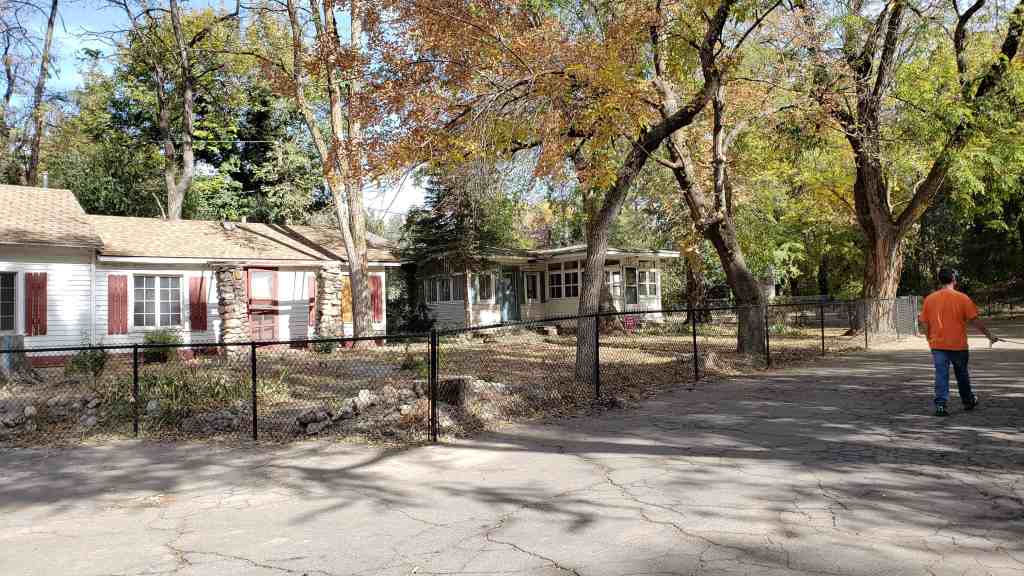





Mosaic Poems of Allen Park
As you walk the quiet paths of Allen Park, you will find dozens of concrete monuments inset with mosaic artwork. Dr. George Allen created these in his later years, sharing his passion for poetry with his visitors.
According to his daughter, Mary Rose, her mother, Ruth, would find discarded tile in the local tire store’s dumpster. She would bring the tile home for her husband, who would then grind the pieces in their basement to form the mosaic artwork you see in Allen Park.
Romanticism in the Mosaic Poetry of Allen Park
Dr. George Allen quoted over 20 poets in his mosaic artwork. Some of which he quoted multiple times: Walt Whitman, John Keats, and William Wordsworth. These three writers have something in common – they were all a part the romanticism movement.
Romanticism is the retrospective name given to a dominant movement in literature, music, and painting from the 1770s to the mid-nineteenth century.
In its early years, Romanticism was associated with radical and revolutionary political ideologies, in reaction to the generally conservative mood of European Society.
A few main features of Romanticism include:
- awe of nature and capacity for wonder
- emotional and imaginative spontaneity
- importance of self-expression and individual feeling





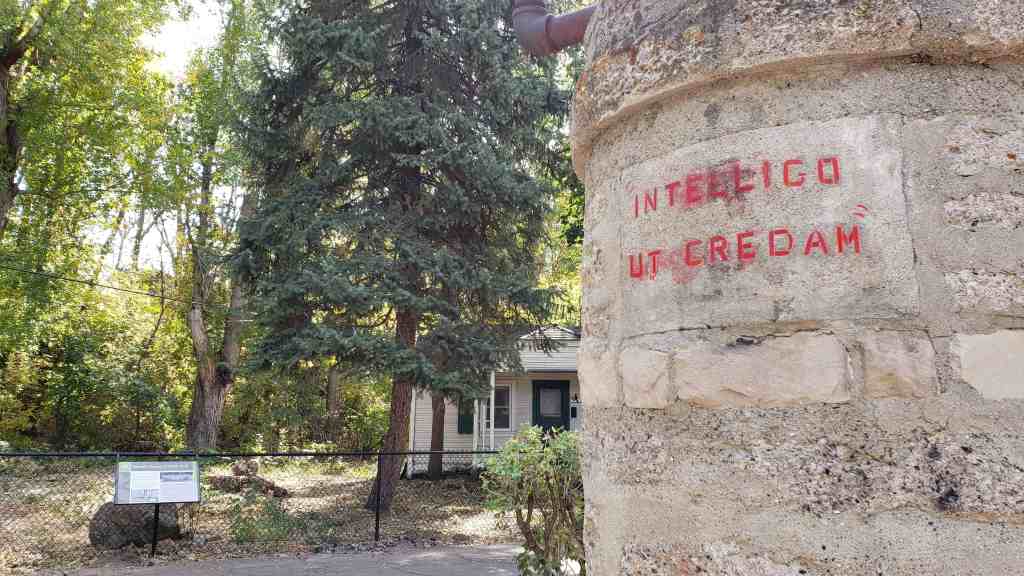
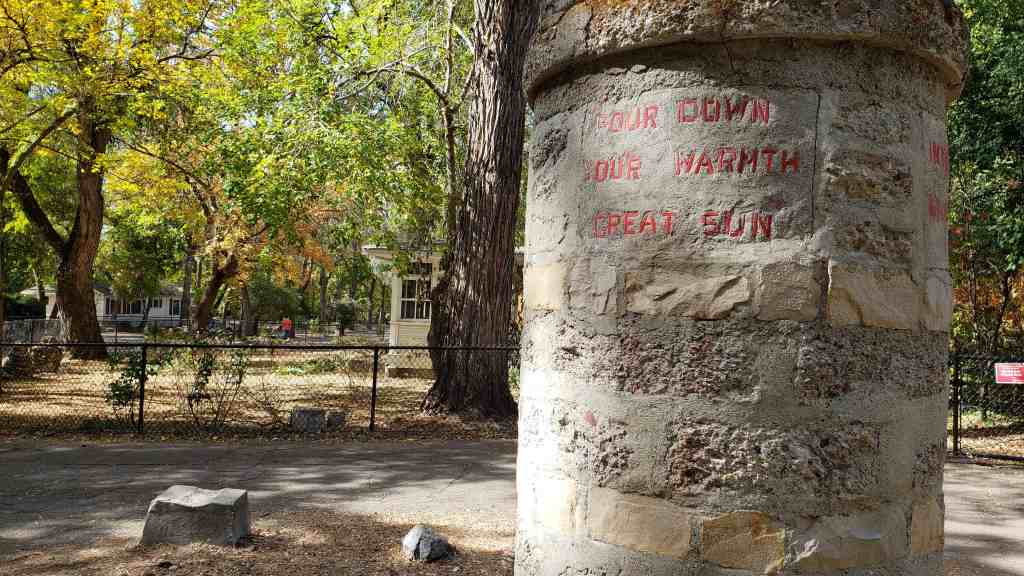
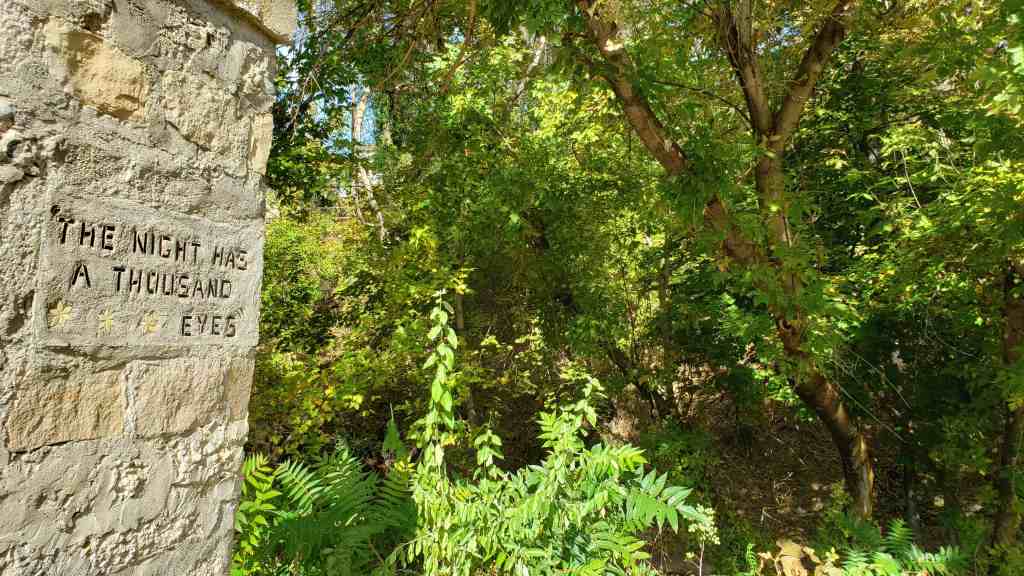








Pingback: Allen Park (Hobbitville) | JacobBarlow.com